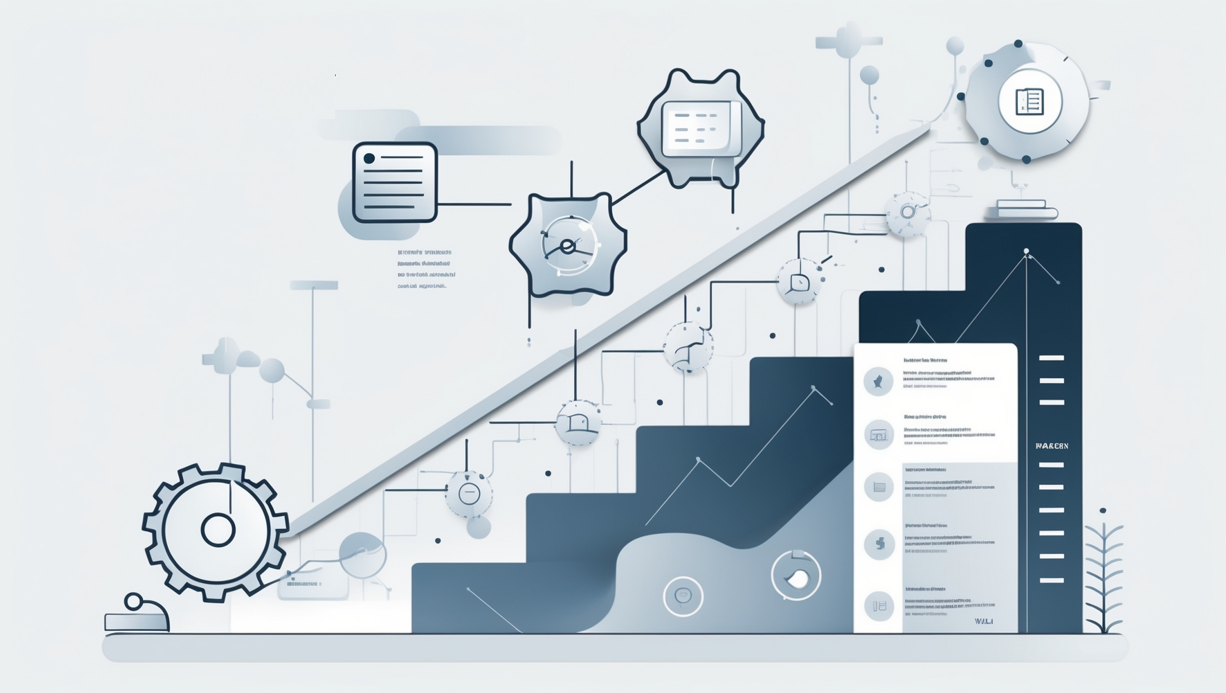Organizations across industries rely on projects to deliver strategic outcomes, yet many struggle to translate high-level objectives into tangible results. This challenge becomes more pressing as project portfolios grow in size, complexity, and strategic importance. Understanding how well an organization is managing its project portfolio is no longer optional—it’s essential to remain competitive, agile, and value-focused. A structured assessment of project portfolio maturity can illuminate critical gaps and unlock significant opportunities for strategic improvement.
In high-performing organizations, project portfolio management (PPM) acts as a critical bridge between strategy and execution. It ensures that the right projects are selected, resources are optimized, and results are aligned with business goals. However, maturity in portfolio management varies widely—even among firms with sophisticated project teams or PMOs. Standardization of processes, clarity of governance, and integration of tools often differ between departments, and decision-making can be reactive rather than proactive. Without a coherent view of portfolio capabilities, organizations miss the chance to scale successful practices or course-correct ineffective ones.
What often gets in the way is a lack of visibility. Many organizations operate with isolated processes, inconsistent data, and siloed teams. This leads to uncoordinated project selection, inefficient resource use, and poor benefit realization. Even well-resourced firms with certified project managers may fail to achieve the expected return on investment (ROI) if their portfolios are not strategically managed. This becomes especially problematic in fast-changing environments, where delayed decisions, overlapping initiatives, or resource conflicts can significantly harm outcomes.
These issues are rarely visible until it’s too late. Executives may believe that existing project governance structures are sufficient, while portfolio-level risks accumulate unnoticed. Resource bottlenecks become chronic, projects are launched without clear business cases, and conflicting priorities disrupt both delivery and morale. Without a structured method to evaluate current maturity levels and identify weak points, organizations risk stagnation, missed opportunities, and diminished strategic agility. The long-term impact isn’t just operational—it can erode competitiveness and investor confidence.
This Project portfolio management guide to assessing project portfolio maturity offers a practical, structured approach to resolving these challenges. Built on established frameworks—including models from PMI, Gartner, IPMA, and others—it introduces a five-level maturity scale and six key process areas that can be used to benchmark an organization's capabilities. These areas include methodology and processes, resource management, communication, risk, knowledge, and leadership. The document provides a detailed assessment matrix, improvement roadmap, and a flexible measurement method designed for use across sectors. It also incorporates qualitative insights from expert interviews to align theory with real-world applications.
For leaders aiming to improve execution discipline, resource utilization, and strategic alignment, this PPM maturity assessment guide provides both the lens and the tools. It enables organizations to measure where they stand, understand what matters most, and act on targeted improvements with clarity and purpose. Whether used by CIOs, PMO directors, or transformation teams, this guide empowers organizations to manage their project portfolios more effectively—driving value, agility, and results at scale.
Main Contents
- A five-level maturity model for evaluating project portfolio management capability.
- Six key process areas used to assess organizational strengths and gaps.
- Comparative analysis of industry-recognized maturity frameworks (CMM, P3M3, SAFe, Gartner, etc.).
- A structured method and questionnaire for measuring current PPM maturity.
- A four-step roadmap to guide strategic maturity improvement efforts.
Key Takeaways
- Organizations can systematically assess their PPM maturity across multiple dimensions, not just processes.
- Portfolio maturity is directly linked to strategic alignment, resource efficiency, and business value realization.
- High maturity levels enable proactive decision-making, optimized resource use, and better project selection.
- A practical assessment tool and improvement roadmap make the framework adaptable to any industry.
- Improving PPM maturity is a long-term capability investment that delivers measurable strategic benefits.
CIOs and IT leaders are expected to deliver more than just technology—they must enable business agility, align investments with strategic priorities, and demonstrate measurable value. This project portfolio maturity assessment guide offers a structured approach to meeting those demands by helping leaders identify weaknesses, prioritize improvements, and lead transformation across their portfolios.
- Evaluate strategic alignment across the portfolio
CIOs can use the guide to assess how well current projects support business objectives and uncover misaligned or low-value initiatives. - Optimize resource utilization and reduce waste
By evaluating resource and performance management practices, IT leaders can better allocate staff, avoid over-commitment, and boost productivity. - Improve decision-making and project selection
The maturity framework includes guidance on improving governance, prioritization criteria, and benefit realization, leading to more informed investment decisions. - Strengthen cross-functional communication
The guide highlights communication management as a core capability, enabling CIOs to reduce silos between business units, IT, and delivery teams. - Build a roadmap for capability development
With its structured four-step improvement model, CIOs can create a clear, actionable plan to grow organizational maturity over time.
Using this project portfolio maturity assessment guide, CIOs and IT leaders can move from reactive project oversight to proactive, strategic portfolio leadership. It equips them with the tools to diagnose capability gaps, drive continuous improvement, and ensure IT investments deliver real business value.

